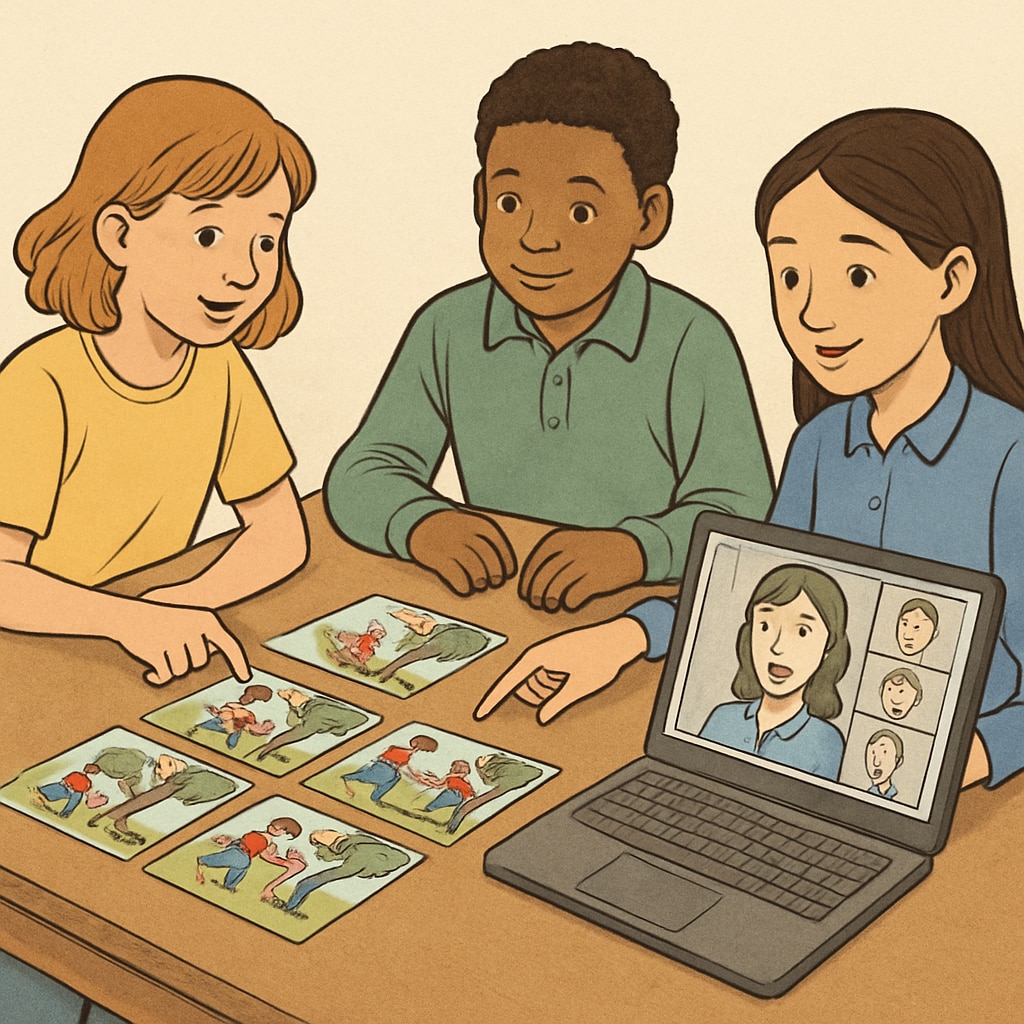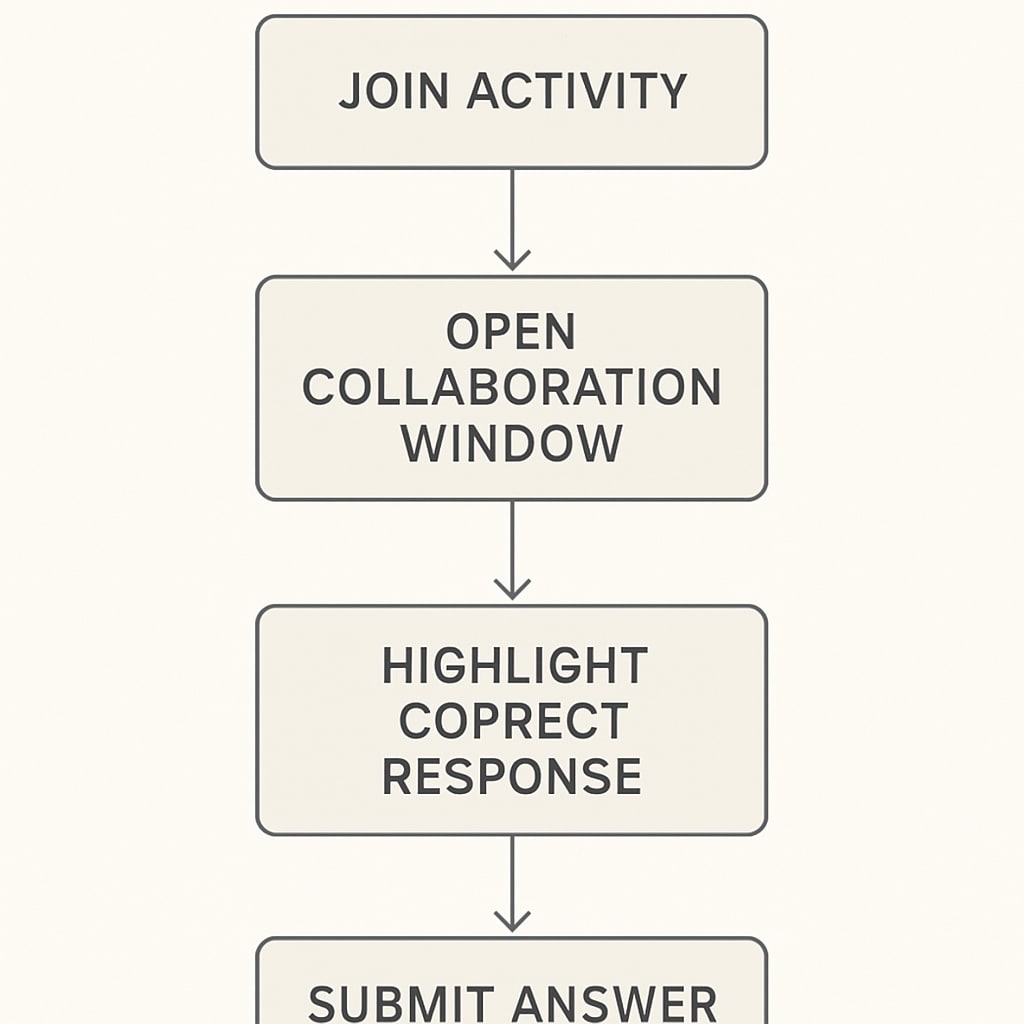Zoom and ReZoom activities are widely recognized as powerful tools for engaging students in K-12 classrooms. These activities foster collaborative problem-solving, storytelling, and critical thinking. However, one persistent challenge is the loss of answer sequences, which can disrupt learning flow and diminish the effectiveness of these activities. This article explores how educators can rebuild lost answer sequences and optimize classroom efficiency through systematic approaches and thoughtful teaching design.
Understanding the Educational Value of Zoom and ReZoom Activities
Zoom and ReZoom are hands-on activities designed to promote logical sequencing and storytelling. In Zoom, participants piece together a story or sequence based on images that zoom out (or in), revealing broader contexts. ReZoom, on the other hand, reverses this order by focusing on zooming in for more detail. Both activities challenge students to think critically about connections and perspectives. However, maintaining the correct answer sequence is crucial to their success.

When the answer sequence is lost due to disorganization or lack of clarity, the activity can lose its educational impact. This problem often arises when materials are shuffled or students misunderstand instructions. Therefore, educators need strategies to rebuild sequences and prevent disruptions.
Recovering Lost Answer Sequences: Practical Solutions
Rebuilding lost answer sequences for Zoom and ReZoom activities requires a structured and proactive approach. Below are some practical solutions educators can implement:
- Pre-label materials: Ensure all activity materials are clearly numbered or labeled to maintain order.
- Digital backups: Use digital templates or scanned copies of materials to quickly restore sequences if physical copies are misplaced.
- Collaborative reconstruction: Engage students in rebuilding the sequence, which transforms the disruption into a learning opportunity.
- Clear instructions: Provide step-by-step guidance to students before starting the activity to minimize errors.
- Visual aids: Incorporate diagrams or flowcharts to illustrate the intended sequence for students to follow.
By implementing these strategies, educators can recover lost sequences efficiently and even use the experience to strengthen problem-solving skills among students.

Designing Activities for Long-Term Efficiency
While rebuilding lost answer sequences is crucial, prevention is equally important. Optimizing the design of Zoom and ReZoom activities can reduce the likelihood of disruptions and enhance their overall impact. Here are some design tips:
- Modular design: Create modular components that can be easily rearranged without compromising the sequence.
- Interactive technology: Integrate digital tools, such as interactive whiteboards or apps, to streamline activity management.
- Group roles: Assign specific roles within student groups to ensure accountability and organized execution.
- Feedback loops: Incorporate checkpoints during the activity for students to review their progress and correct errors.
- Professional development: Train educators on best practices for managing Zoom and ReZoom activities effectively.
These measures not only prevent disruptions but also enhance student engagement and collaborative learning, making Zoom and ReZoom activities a more reliable teaching tool.
The Impact of Well-Executed Activities on Classroom Interaction
Recovering lost answer sequences and refining activity design have a direct impact on classroom dynamics. When students work on well-structured Zoom and ReZoom activities, they experience:
- Improved collaboration: Students learn to communicate and coordinate effectively while solving problems.
- Enhanced critical thinking: Sequencing challenges force students to analyze relationships and think creatively.
- Higher engagement: Interactive activities capture student interest and promote active participation.
- Deeper learning: The storytelling aspect of Zoom and ReZoom activities helps students retain concepts and ideas.
As a result, these activities contribute not only to academic development but also to the cultivation of essential interpersonal skills.
Conclusion: Zoom and ReZoom activities are invaluable tools for K-12 education, but the loss of answer sequences can hinder their effectiveness. By adopting systematic recovery methods and improving activity design, educators can overcome this challenge and maximize classroom interaction and learning outcomes. These efforts ensure that students reap the full benefits of creative, collaborative, and immersive educational experiences.


